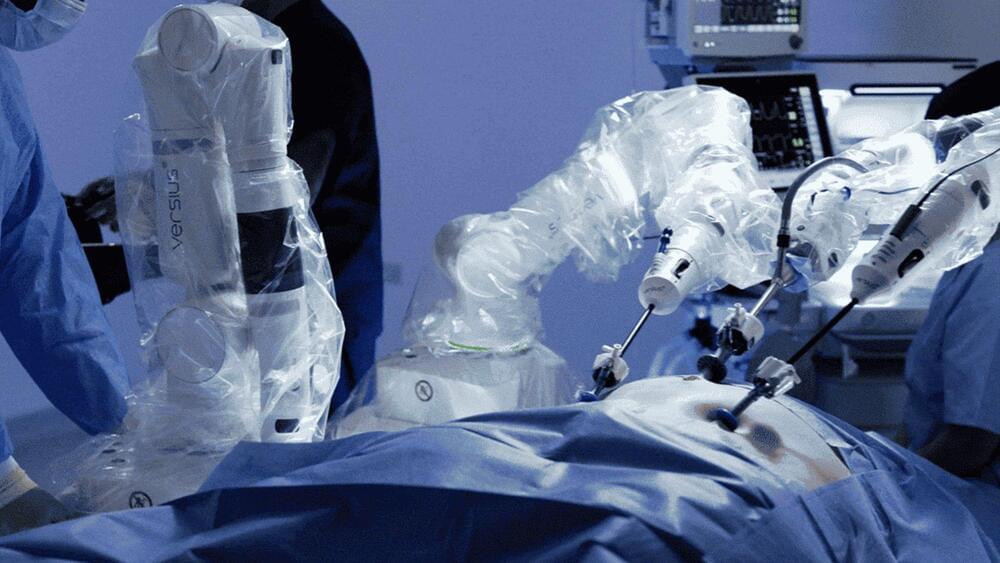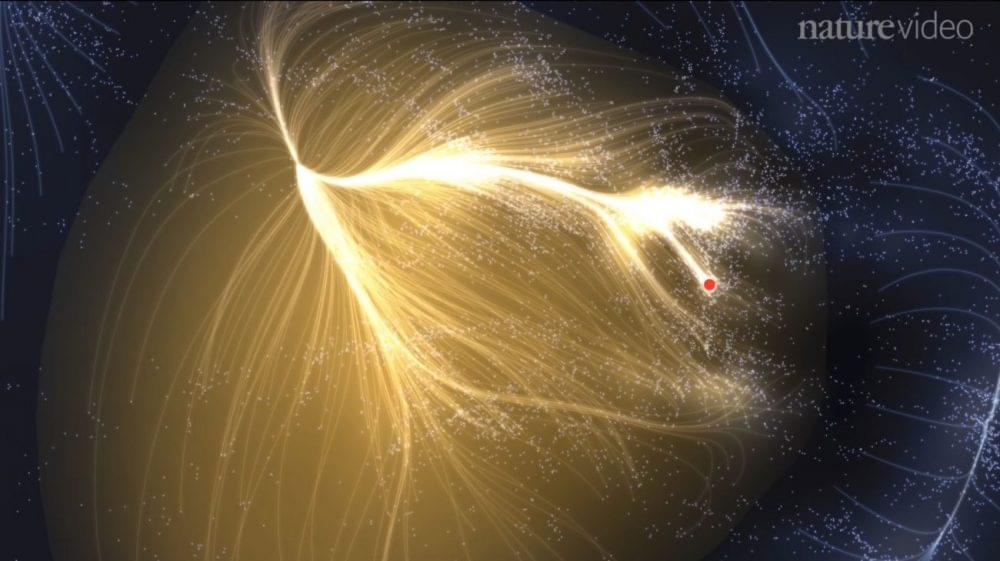Elon Musk is trying to help the paralyzed to move again, through electrodes in the cerebral cortex.
Neuralink, the strange and somewhat vague brainchild of Elon Musk, held an event Wednesday that the CEO of Tesla, SpaceX and Twitter called a “show and tell.” And show and tell it did — as a monkey welcomed the audience by typing a message through a brain-computer interface.
Neuralink’s product records action potentials of neurons in the brain. This is done by placing an electrode close enough to the synapse of two neurons in the brain and taking a recording of its electrical impulse.









